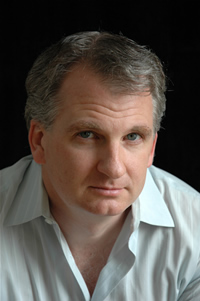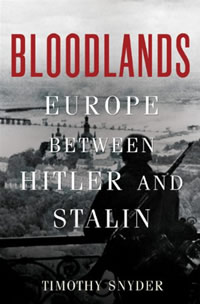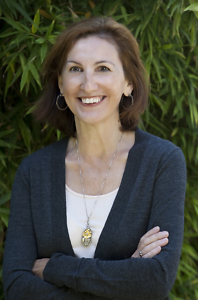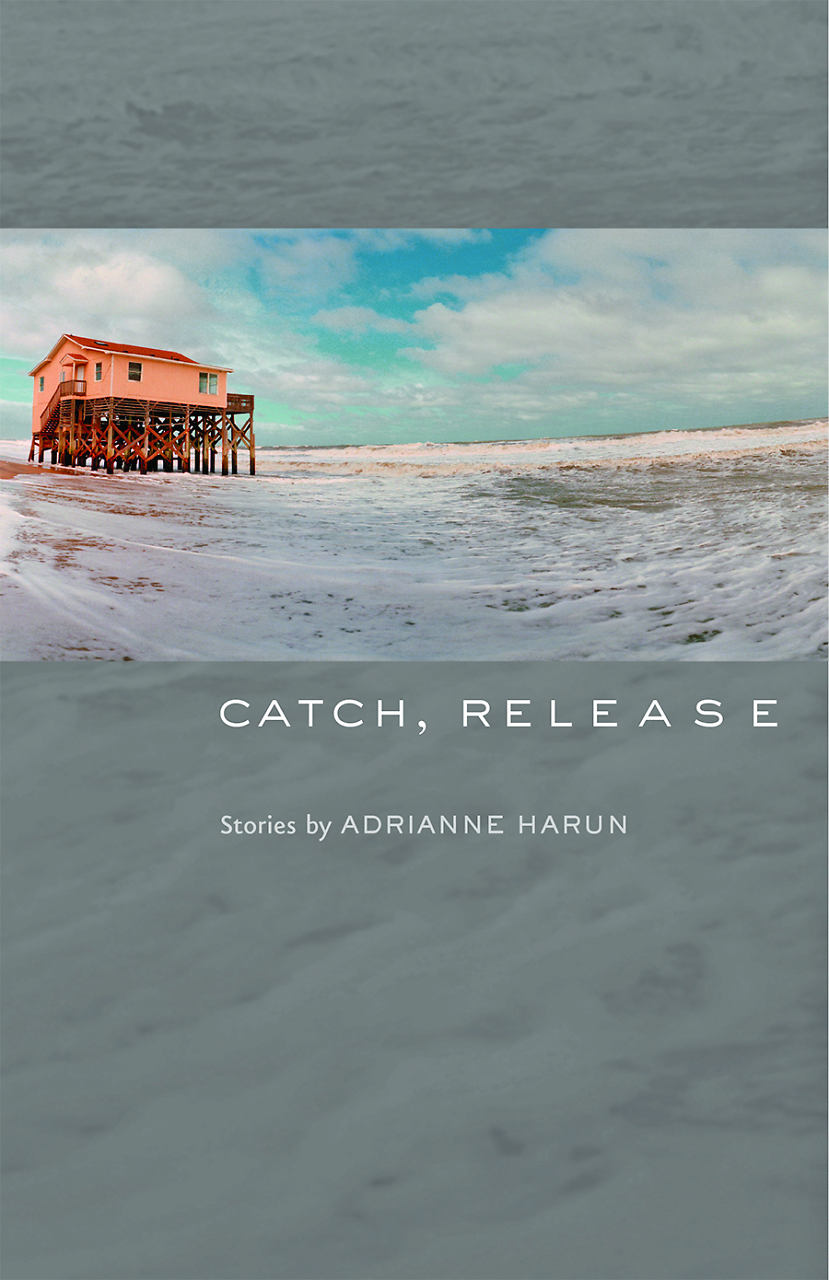Europe’s Bloody Borderlands
Timothy Snyder talks with Chapter 16 about the peoples and territories trapped between Nazi Germany and Soviet Russia during the 1930s and 1940s
FROM THE CHAPTER 16 ARCHIVE: This interview originally appeared on January 24, 2012.
***
Exactly seventy years after the fateful Wannsee Conference at which the Nazi leadership approved the implementation of the “Final Solution” to the “Jewish Problem,” there are few Americans unaware of the tragic and unparalleled scale of the slaughter suffered by those the Nazis deemed “undesirable” during the war Germany unleashed on Europe in 1939. It’s widely recognized that the people of Poland, Ukraine, and the Baltic States suffered disproportionately, as well. But according to Timothy Snyder, author of Bloodlands: Europe between Hitler and Stalin, the events that unfolded in the region have nevertheless not been properly understood.
Snyder argues that we need to understand what happened in East-Central Europe not simply as a by-product of the conflict between Hitler and Stalin from 1941 to 1945, but rather as a direct consequence of the fact that these territories lay in the overlapping spheres of Nazi and Soviet authority from 1933 onwards. In other words, the systematic killings in the Nazi death camps were part of the same arc of violence as the mass starving inflicted on Ukraine by the Soviets in the 1930s and the extra-legal killings perpetrated by Germans and Russians alike during their occupation of these lands under the Nazi-Soviet Pact.
A professor of history at Yale, Snyder has written books on the struggles to develop nation-states in Eastern Europe and on the Habsburgs. In the bestselling Bloodlands, which has been critically acclaimed and widely translated, he hopes to improve understanding of the human tragedies that unfolded in Europe during the 1930s and 1940s. Recently Snyder answered questions from Chapter 16 by email about the implications of his work.
Chapter 16: For you, the physical territory within which a disproportionate number of atrocities took place in World War II is central to understanding what happened. Could you describe how this framework makes your work different from others about the war crimes of 1939-45?
 Timothy Snyder: My book isn’t about the Second World War as such. It is about the greatest human-rights calamity in European history, which overlaps with the war and is much related to it, but which begins long before. The important thing is to take a step back from the Second World War. When Americans begin with the Second World War, they think above all of the Western Front. The war begins for Americans in 1941 with Pearl Harbor, and the European engagements begin with Italy in 1943 or Normandy in 1944. My study begins from the observation that fourteen million non-combatants were killed in the years 1933-45, between Moscow and Berlin, during the years that both Hitler and Stalin were in power. Those lands made up only a small part of the total territory ruled by the two regimes, but they are precisely the place where the power of these regimes overlapped. The Soviets had killed millions in these lands before the war began, the Germans and Soviets killed hundreds of thousands as allies in 1939-1941, and the Germans killed millions in 1941-1945.
Timothy Snyder: My book isn’t about the Second World War as such. It is about the greatest human-rights calamity in European history, which overlaps with the war and is much related to it, but which begins long before. The important thing is to take a step back from the Second World War. When Americans begin with the Second World War, they think above all of the Western Front. The war begins for Americans in 1941 with Pearl Harbor, and the European engagements begin with Italy in 1943 or Normandy in 1944. My study begins from the observation that fourteen million non-combatants were killed in the years 1933-45, between Moscow and Berlin, during the years that both Hitler and Stalin were in power. Those lands made up only a small part of the total territory ruled by the two regimes, but they are precisely the place where the power of these regimes overlapped. The Soviets had killed millions in these lands before the war began, the Germans and Soviets killed hundreds of thousands as allies in 1939-1941, and the Germans killed millions in 1941-1945.
Chapter 16: Much of the impetus behind your book seems to be the need to address misapprehensions or misunderstandings about the 1930s and 1940s. Did you ever hold such misapprehensions yourself? If so, what prompted you to reconsider your understanding of this time?
Snyder: I wrote the book not so much to correct misunderstandings as to provide a broad description and explanation of an unparalleled event. We do know a great deal about the Holocaust. What we have lacked is a framework that can make sense of these events on a European and a world scale. Of course I learned a tremendous amount from other historians as I prepared for this book. Many of the things that seem unusual or controversial to other historians were obvious for me as an East Europeanist, the primary example being the unavoidable territorial overlay of German and Soviet power. But the point is not that one framework is better than the others; the point is that we need a framework adequate to the human story.
Chapter 16: The area you refer to as the “Bloodlands” had been the focus of territorial expansion and imperial control by German states and Russian empires since at least the 1700s. For you, is it useful to understand what the Nazis and Soviets did there as a kind of culmination of these long-standing tensions, or do you see these events as a product of mostly twentieth-century developments?
Snyder: The area coincides with the Polish-Lithuanian Commonwealth, destroyed in the late eighteenth century. For me it is important that there was no successful state-building project between Berlin and Moscow. The independent Polish state of 1918-1939 was actually quite important, in that its destruction heralded the worst of the killings. But the deeper picture is that of a weakness of state power between these two power centers. It matters too that Ukraine was, and was seen as, crucial to economic self-sufficiency by both old and new types of empires. And of course there is a link between old and new imperialism, in that both the Nazi and Soviet regimes were learning from traditional empires but seeking to exploit contiguous territories rather than overseas possessions. But the animating ideologies of both are impossible to imagine without the First World War, which is why I begin there.
Chapter 16: One of the main criticisms about the way World War II is taught and remembered in the West concerns our tendency to downplay the significance of the Eastern Front as a whole, and to narrate the story as a morally straightforward conflict of good versus evil. What would you like to see changed about the way Americans are introduced to the war?
 Snyder: We need to understand that the U.S.S.R. committed its worst crimes right before it became a crucial American ally. We need to grasp that the U.S.S.R. had been an ally of Nazi Germany right before it became a U.S. ally. We need to appreciate that the war began and was decided in Eastern Europe, where the U.S. contribution was largely economic. We need to understand that the U.S. did not enter the war to stop the Holocaust, and that no U.S. troops ever reached the “Bloodlands”—which, by the way, are also precisely the places where the Holocaust was perpetrated. The achievements of the United States were enormous, but when we exaggerate them or forget their context we can exaggerate our own moral rectitude and the simplicity of the world—to our own peril.
Snyder: We need to understand that the U.S.S.R. committed its worst crimes right before it became a crucial American ally. We need to grasp that the U.S.S.R. had been an ally of Nazi Germany right before it became a U.S. ally. We need to appreciate that the war began and was decided in Eastern Europe, where the U.S. contribution was largely economic. We need to understand that the U.S. did not enter the war to stop the Holocaust, and that no U.S. troops ever reached the “Bloodlands”—which, by the way, are also precisely the places where the Holocaust was perpetrated. The achievements of the United States were enormous, but when we exaggerate them or forget their context we can exaggerate our own moral rectitude and the simplicity of the world—to our own peril.
Chapter 16: In the postwar years, Germany has undertaken a fairly high-profile “public atonement” campaign for the atrocities committed in its name during World War Two, perhaps most famously Chancellor Brandt’s falling to his knees at the Warsaw Memorial, but there seems not to have been an equivalent movement in Russia. Have we missed it, or has it simply not happened? If the latter, should we be concerned by its absence?
Snyder: The situation in the U.S.S.R. is quite different. Germany lost the war and the U.S.S.R. won it. The Soviet Union then endured for another two generations. In some parts of the former U.S.S.R., especially the Baltics and western Ukraine, a great deal of attention is paid to Soviet crimes, sometimes at the price of understanding local participation in German crimes. And we must be grateful to the Russian intelligentsia for its work in unmasking Soviet crimes, including those that were not perpetrated upon Russians.
Chapter 16: Your book has now been translated into several European languages, including Polish and German. What reception has it received in those nations at the heart of the story?
Snyder: Differently in each case. The Polish and German perspectives are very different. Nowhere is this a comfortable book because everywhere history is understood in national terms, and because everywhere people find it intellectually and politically convenient to separate Nazi from Soviet power. The suffering of these nations was great, and the sufferings of the Jews incomparable. But national history will not be enough for explanation. The two systems were indeed very different, but they overlapped, crucially, in the territories they contested and mastered. Without that observation we’ll have difficulties understanding the Holocaust and all other crimes. Everywhere, though, I have been surprised by the reasonableness and generosity of readers, regardless of their background.





